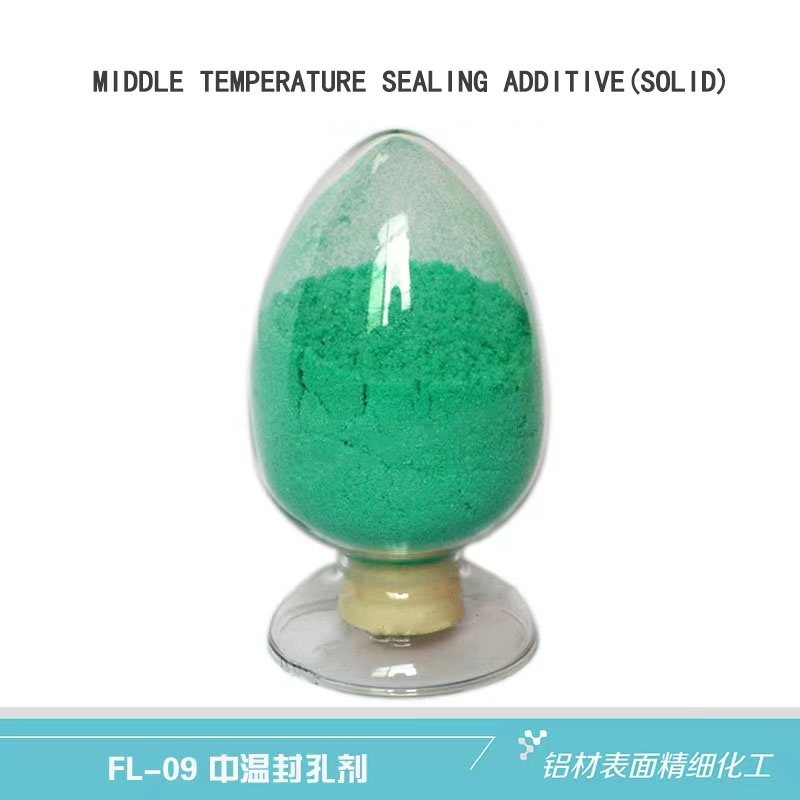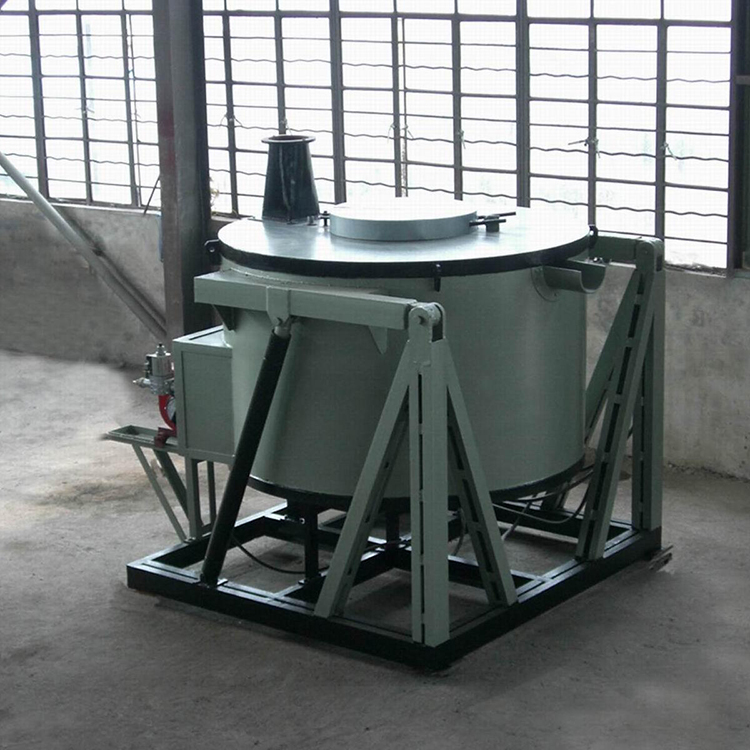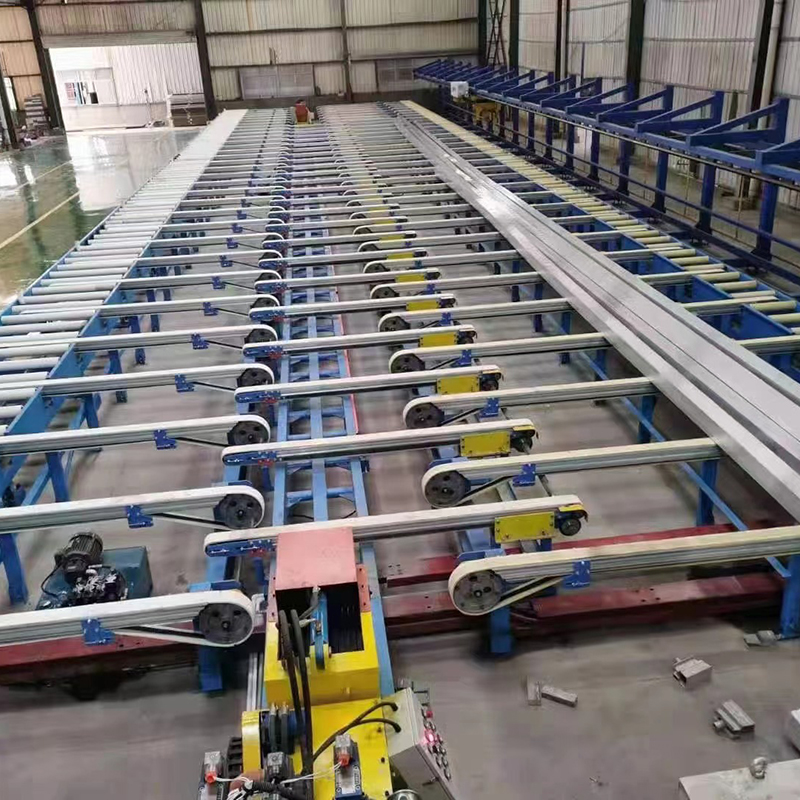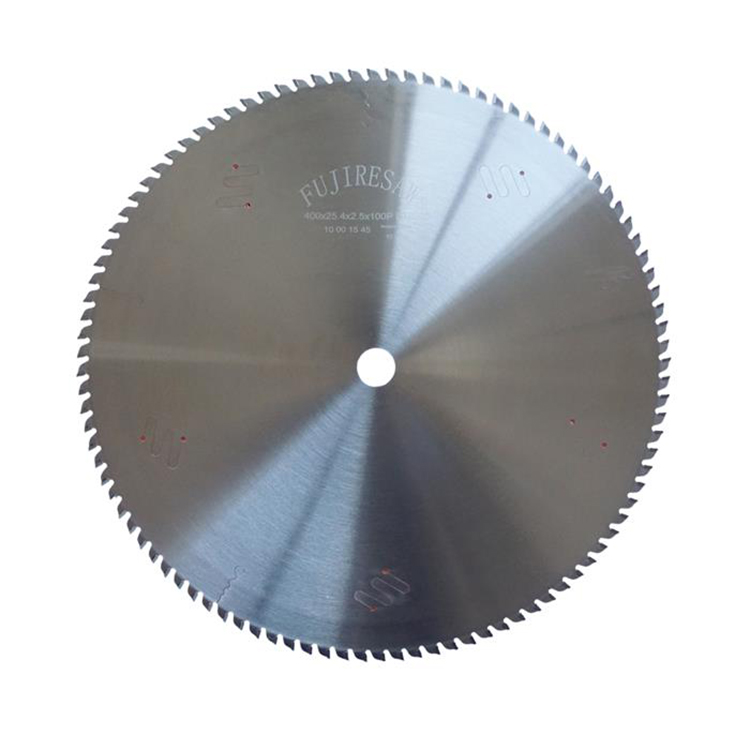Lowest Price for Hollow Extrusion - Liquid and solid Middle Temperature Sealing Additive for anodizing – ZheLu
Lowest Price for Hollow Extrusion - Liquid and solid Middle Temperature Sealing Additive for anodizing – ZheLu Detail:
1. Determine the concentration of Nieveryday, make it fluctuates narrowly.
2. Regulate the pH by adding FL-09(liquid) or dilute acetic acid,keep pH value between 5.3 and 6.5.
3. The heating pipes should be fixed on the internal wall of bath not at the bottom,otherwise the precipitations will cover the device that would affect the heating ffect and not convenient to clean the precipitations.
4. For reducing the pollution of the rinsing bath solution, control the water quality and pH of the rinsing bath strictly, the pH can not less than 4.5.
Middle Temperature Sealing Additive is sealed with polybag, 5kg net each and 4 polybags in carton,20kg net each.Protected from light in a dry place.
Low temperature polishing sink–assay method
Required reagents: 1N NaOH standard solution ②1% phenolphthalein indicator ③ Potassium
Determination of nickel ion (Ni2+) content
1. Assay steps.
Accurately draw 10mL of the sink liquid into a 250mL triangular beaker, add 50mL of water, 10mL (pH=10) of chloramine buffer, a small amount of 1% violetine, and shake well. Titrate with 0.01mol/L EDTA standard solution until the solution changes from yellow to purple as the end point, and record the consumption volume V.
2. Calculation: Nickel(g/L)=5.869 × V × C
V: the volume of EDTA standard solution consumed in milliliters (mL)
C: molar concentration of EDTA standard solution (mol/L)
Determination of fluoride ion (F-) content
1. Preparation of F- standard solution
① Standard solution with F- concentration of 5g/L: Accurately weigh 11.0526g NaF (Analytical Reagent, dry in an oven at 120°C for 2h, store in a desiccator with a weighing bottle for use, accurate to 0.0001g when weighing) to dissolve In a small amount of distilled water, transfer to a 1000mL volumetric flask, dilute to the mark, and shake well.
② Standard solution with F- concentration of 0.1g/L: Pipette 10mL of the standard solution with F- concentration of 5g/L in the above volumetric flask into a 500mL volumetric flask, dilute to the mark, and store in a polyethylene bottle.
③ Prepare standard solutions with F- concentrations of 0.2-1 g/L as described above.
2. Preparation of Total Ionic Strength Adjusting Buffer Solution (TISAB)
Take about 500mL of distilled water and put it in a 1L clean glass beaker, add 57mL of glacial acetic acid, and then add 58.5g of sodium chloride and 12g of sodium citrate to fix and dissolve completely, and then use analytically pure sodium hydroxide to adjust to pH=5.0~5.5, dilute to 1L with distilled water.
2. F- Standard curve drawing
① Pipette 2mL of standard solution with a concentration of 0.1g/L into a 100mL plastic beaker, then add 20mL TISAB buffer solution, put in a magnet, stir on a magnetic stirrer, insert oxygen electrode and reference electrode respectively, After electromagnetic stirring for 3min, stand for 30s, and read the equilibrium potential Ex;
②Use the same method to measure the potential value Ex of the standard solution whose F concentration is 0.2~1g/L, and sort the concentration from low to high. On the graph paper, draw the E-F standard curve with the potential E as the ordinate and the F concentration as the abscissa.
Accurately pipette 20mL of the sink liquid into a 100mL beaker, add 20mL of total ionic strength buffer (TISAB), stir on a magnetic stirrer for 3min, and directly measure the potential difference mv with a fluorine electrode. Find the corresponding fluorine content m in the fluorine content-potential difference standard electrode diagram.
|
Middle Temperature Sealing Additive |
Nickel ion |
PH |
temperature |
|
0.8-1.4g/L |
5.3 ~ 6.5 |
60±5℃ |
Product detail pictures:

Related Product Guide:
Foshan Zhelu Trading Co., Ltd. is a high-tech enterprise dedicated to the business, trade and technology development of consumables and equipment in the aluminum casting and extrusion industry. The company has a high-quality professional and technical research and development team engaged in aluminum equipment research and development all year round, with strong technical force, and has a number of qualified software and hardware engineers and professional product development designers. The company has advanced product production facilities and testing instruments, has an excellent marketing team and domestic regional channel partners, and has a sound management plan for product market development and product after-sales service. Sales network and product sales agencies all over the country. Strong, professional R & D team and advanced, perfect sales service concept, so that our company's products have a high reputation and market share at home and abroad. At the same time, we will, as always, adhere to the principle of reputation first, customer first, always put the interests of customers first, and wholeheartedly provide the best products and the best quality service for each of our customers. Lowest Price for Hollow Extrusion - Liquid and solid Middle Temperature Sealing Additive for anodizing – ZheLu , The product will supply to all over the world, such as: Austria, United Arab emirates, Adelaide, Under the action of pressure, the heated aluminum rod is divided into several metal flows, enters the welding chamber through the shunt hole, collects in the welding chamber, and is welded again in the environment of high temperature, high pressure and high vacuum, and finally flows out through the gap between the mold core and the die hole, so as to form a pipe or hollow aluminum profile that meets the size and performance requirements, as an aluminum door and window profile or industrial aluminum profile. If bending is required, a bending tool is added to the rear device.
The manufacturer gave us a big discount under the premise of ensuring the quality of products, thank you very much, we will select this company again.









